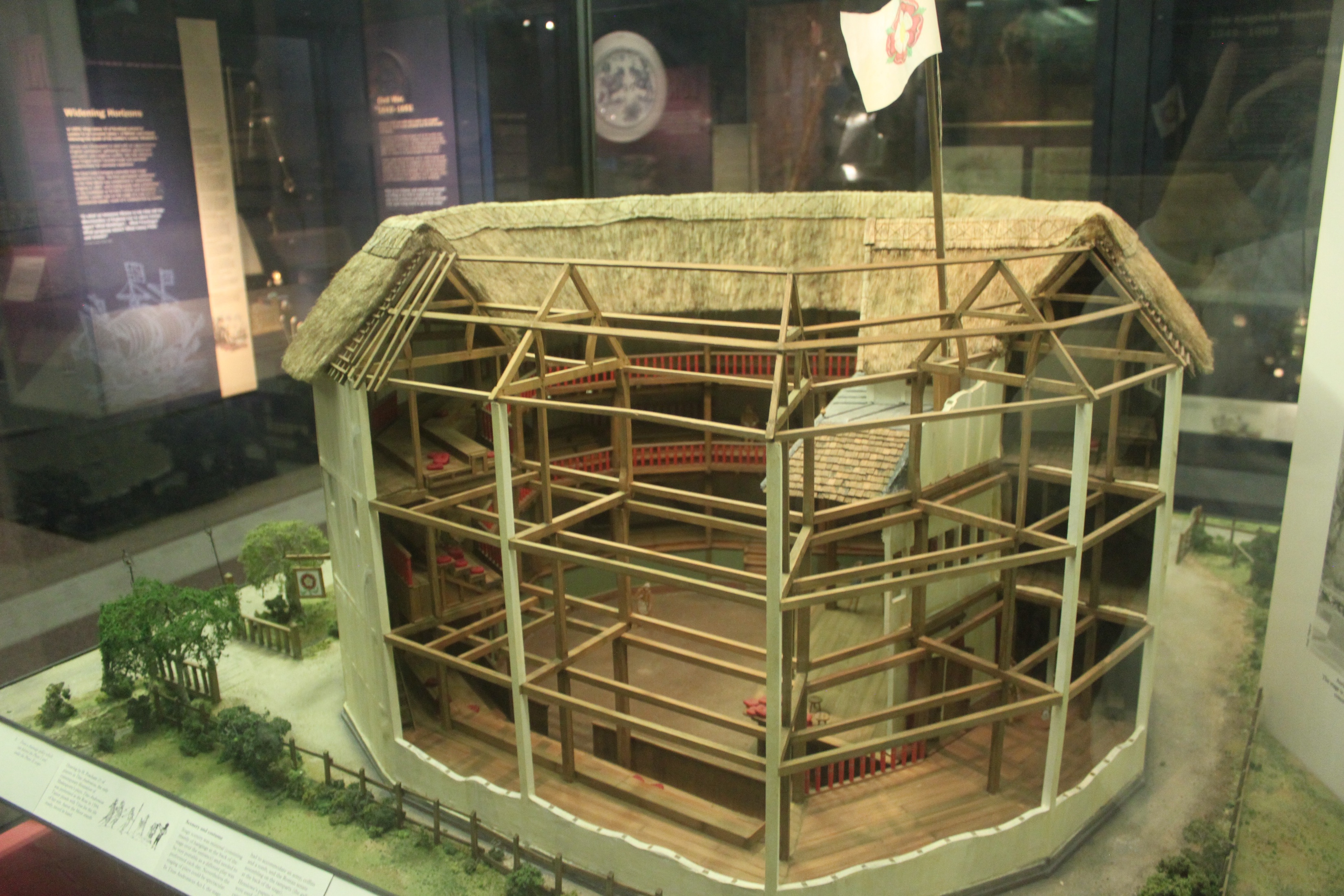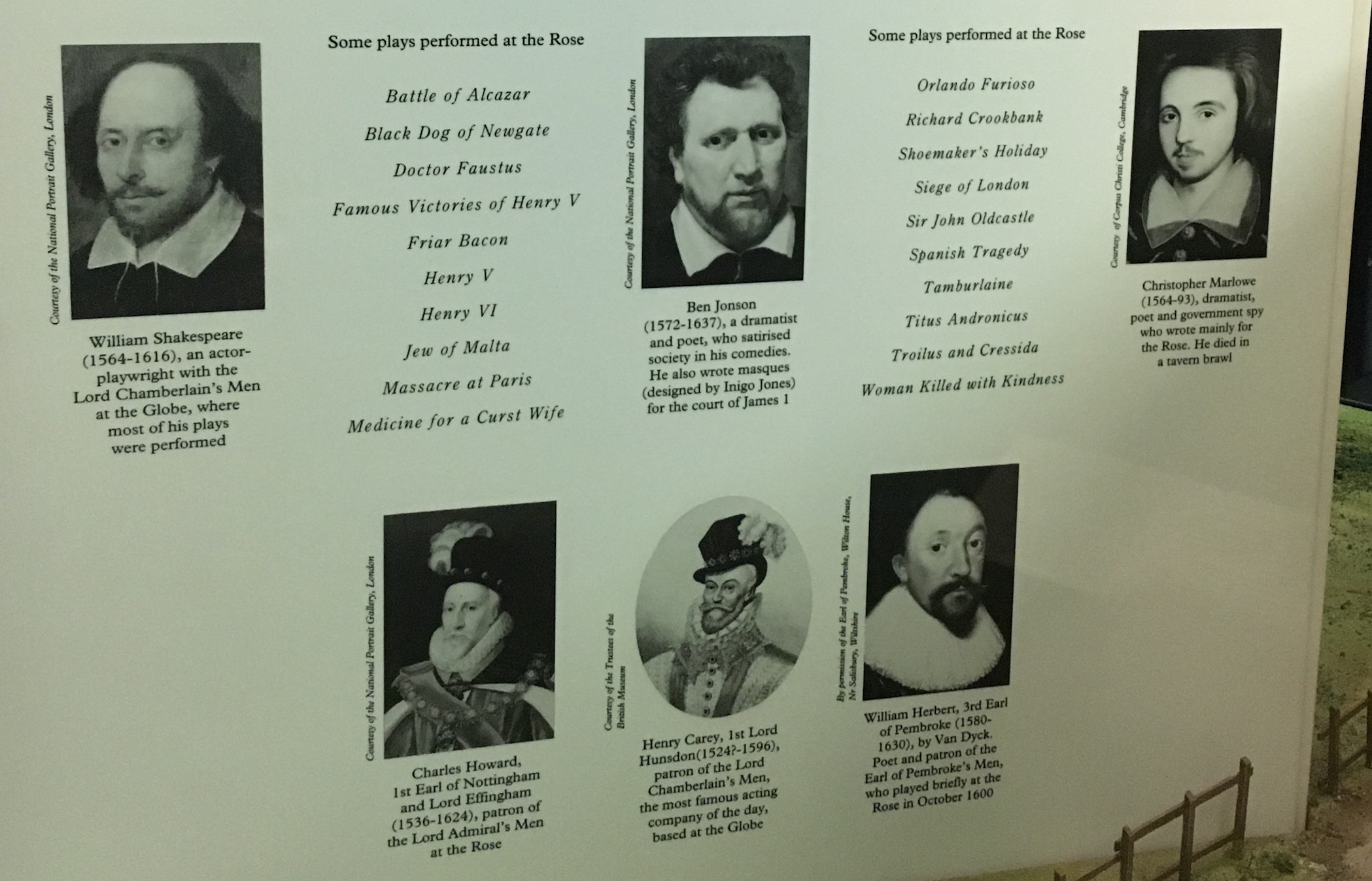War, Plague & Fire
From Londonhua WIKI
 Entrance to Exhibit | |
| Artist | Attributed to Emily McEachern |
|---|---|
| Year | 2017 |
| Dimensions | 55.2 cm × 43.8 cm ( 21 3⁄4 in × 17 1⁄4 in) |
| Location | Museum of London, London |
Contents
Overview
This exhibit shown in the Museum of London focuses on the time period between 1550-1660, which is described as one of the most "turbulent" periods of the city's history. The exhibit shows how London had started to become divided, where some people were more concerned with art and Shakespeare's plays and others were evangelical Puritans who wanted to get rid of Shakespeare's theaters all together. The history of the Civil War in London is on display in this gallery and the plague that occurred in 1655, which killed more than 7000 people per week, can also be found here in this gallery. The section of the exhibit that is dedicated to the Great Fire of London is currently under renovation, but there is an interesting short video about the fire.
Background
The time period of this exhibit started as a time full of culture, mainly Shakespeare's plays, but quickly turned into a time of unrest when the city became divided. The Civil War of London broke out in 1642 and lasted until 1651, as a result of tension in the city due to the disagreements over the authority of the monarch. Later, the crown was restored but another hard time fell upon the city when the bubonic plague broke out. Finally, the city was hit with the Great Fire of London bringing this period of hardships to an end.
The World's a Stage
Even before Shakespeare got to London, it was already a popular place for varies performances held outside. In 1576 Shoreditch, James Burbage opened Britain's first outdoor playhouse, the 'Theater'. It is here productions of Shakespeare were put on including Romeo and Juliet. After Burbage past and the lease was up four actors, one of which was Shakespeare bought a share of it, and carried the timber across the river to build The Globe in 1599. It is here where The Globe thrived for 14 years before catching on fire from one of the cannons from a showing of Henry VII. The theater was rebuilt and ran more Shakespeare shows until the 1640s when the Puritans shut it and all other playhouses (the Rose (1587), Swan (1595) and Hope (1614)) down during the civil war. [1]
The Rose playhouse held performances every Sunday, which had become a central part of Londoner life. Performances began at 3pm, rain or shine, and lasted two hours with no intermissions. Shakespeare along with Marlowe, Kyd, Dekker, Webster, Johnson, Heywood, and Middleton all put on shows at the Rose. Below in the picture is a list of actors and plays that aired in the Rose. The Rose closed in 1605 when it's lease ran out after running into competition from the Globe in 1599.
The Civil War
The years between 1642 and 1651 were filled with fighting and hostility between Londoners due to the Civil War. The monarch had collapsed and over 80,000 people were killed in this terrible war. There was many causes to the war, but the main one was the disagreement over the power of the crown. While Charles I strongly believed that Kings were divinely appointed to rule and had complete power over the governing of the country, Parliament continually asserted their right to participate in government. Another conflict was that King Charles I lived a very lavish life while, Puritans frowned upon this type of lifestyle. The city of London agreed with Parliament and King Charles fled to Oxford to escape attacks against him and did not return to the city until his trial for treason which was held in 1649. He was later executed after being found guilty. However the Monarchy was restored and Charles II was crowned King in May of 1660 by Parliament. Citizens of London lavishly celebrated the return of the Monarch and within a year theaters were reopened, but also laws restricting religious freedom were introduced. [2]
The Plague
The last major plague of England was the Great Plague of 1665. Only seven months after the plague broke out in February, more than a fifth of the population had died. The once lively city had been transformed into a desolate, depressing place. People living at the time said that the city was always empty, people were no longer walking outside constantly and shops were always closed. A lot of people left London in an attempt to protect themselves from the infection. People who fell victim to the Plague were locked in their homes and a red 'X' was painted above the door. The exhibit also shows the many ways that people tried to protect themselves from the Plague including using the scents of lavender and cloves.
The Great Fire of London
Finally, this gallery has a section about the Great Fire of London which occurred in 1666. Currently, much of the exhibit is under renovation but it will be reopened by the end of May 2017. There is a short six minute video on display about the fire which features stories of three eyewitnesses and their experiences of the fire.
References
- War, Plague & Fire. (n.d.). Retrieved May 16, 2017, from https://www.museumoflondon.org.uk/museum-london/permanent-galleries/war-plague-fire
- ↑ "About Us - Original Globe / Shakespeare's Globe." Shakespeare's Globe. The Shakespeare Globe Trust, n.d. Web. 18 May 2017.
- ↑ http://www.shakespearesglobe.com/about-us/history-of-the-globe/original-globe

